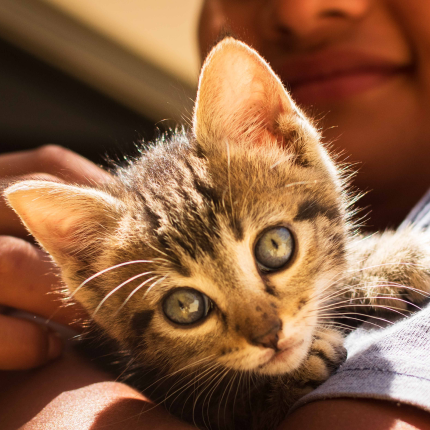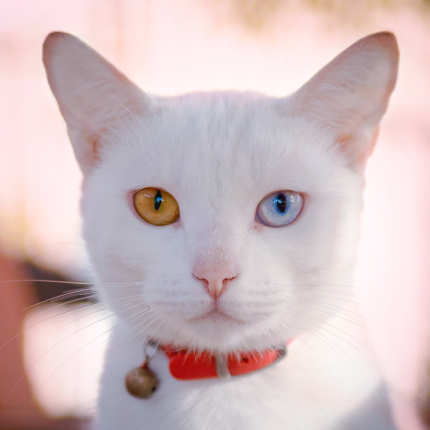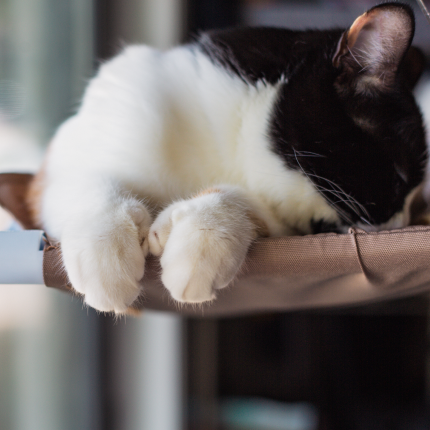What Is Kitten Season? How to Help Your Local Shelters During This Busy Time

Have you ever heard of kitten season? Kitten season is when animal shelters experience a surge in kittens caused by increased cat births. While it sounds like a simple season, it can overwhelm shelters, strain resources, and lead to overcrowding.
advertisement
What Is Kitten Season?
Kitten season is when outdoor cats mate and give birth, typically starting in early spring and continuing through late fall. While cats can give birth at any time of the year, warmer weather encourages more mating and births. This leads to a significant increase in kittens born, especially those found outside. As a result, shelters see more strays and abandoned kittens, placing a heavy burden on their resources and available space.
When Do Cats Have Kittens?
Female cats can become pregnant as early as four months of age and remain fertile for most of their lives, typically between 7 and 8 years. Cats enter heat cycles every 2-3 weeks to produce multiple litters from multiple mates yearly without spaying. The gestation period for a cat is typically 63-65 days or around two months. So, while the peak of kitten season occurs in the warmer months, cats can have kittens at any time if not spayed.
advertisement
How You Can Help During Kitten Season
There are several ways you can help alleviate the strain on shelters during kitten season and reduce the number of homeless kittens:
1. Spay or Neuter Your Cats
One of the most effective ways to help control the population of stray cats is by ensuring that your cats are spayed or neutered. If you’ve recently adopted a kitten or cat, schedule a spay or neuter appointment with a vet. Additionally, a veterinarian can provide vaccines and checkups to ensure your kitten’s health.
2. Helping Stray Kittens
If you find kittens outside during kitten season, assess their condition. If the kittens are healthy, friendly, and over two months old, consider helping care for them until they are ready for adoption. In the meantime, contact local shelters to see if they offer trap, neuter, and return (TNR) programs. These programs help control the stray cat population by spaying and neutering feral cats before they are returned to their outdoor homes.
3. Foster Kittens
Shelters often need foster families to care for kittens during kitten season. Fostering is a great way to support your local shelter without making a long-term commitment. Most shelters provide all the necessary supplies, including food, bedding, and toys. By fostering, you can offer a safe and comfortable environment for kittens to grow before they are ready for adoption.
4. Adopt a Kitten
Adopting a kitten can help ease the burden on shelters if you’re ready for a new feline friend. Consider adopting one or two kittens from your local shelter. This gives a loving home to a kitten and opens up space for other cats in need.
5. Volunteer
Shelters often experience a greater need for volunteers during kitten season. Volunteering can involve helping with cleaning, socializing kittens, or assisting in other shelter activities. Contact your local shelter to see how you can lend a helping hand.
6. Donate
Donating supplies can also make a big difference if you cannot volunteer your time. Shelters may need items like kitten food, bedding, toys, and litter boxes. Before purchasing anything, contact your local shelter to inquire about the most needed items or brands.
advertisement
Kitten season may bring an influx of adorable little faces, but it also comes with shelter challenges. Even simple actions can help make kitten season more manageable for shelters and provide better care for needy kittens. Together, we can help ensure that more kittens find loving homes while reducing the number of homeless cats.

Featured Articles

Greebles and Cats: The Origin and the Meaning
You may have seen an internet sensation concerning cats labeled “greebles.” Feel out of the loop? We’re here to help you. In 2019, Reddit user /user/literallyatree commented on a Reddit post about a cat that looks like it’s trying to slap a ghost. This user commented: “My family calls things…

The Odd-Eyed Cat (AKA Heterochromia)
Cats are already beautiful and fascinating creatures, but people are bound to take notice when they have something as captivating as two different colored eyes. Odd-eyed cats always have one blue eye paired with either a green, yellow, or brown eye. This form of heterochromia occurs in other animals, including…

Why Do Cats Roll Over Into Their Backs But Not Let You Touch Their Bellies?
It’s common knowledge dogs love to have their tummies rubbed when they freely lay down before you and roll onto their backs. But, if you’re also familiar with cats, you know that when they roll onto their backs with their bellies exposed, rubbing the belly will most likely result in…
